Here we are at Week 88. As I predicted last week, the focus of the war has shifted from the battlefields in Ukraine to the battlefields of politics and public opinion in Washington and Brussels.
The overriding issue is the performance of the Ukrainian Army during the Spring Offensive. This was the highest quality force Ukraine has put into the field, and it would be fair to say that its achievements, not its performance, did not meet anyone's expectations. One of the reasons for this disappointment was that I don't think anyone appreciated what a war dominated by land mines and suicide drones would look like and how those weapons would affect any attempt at mobile combat. Be that as it may, the fact is that a lot of important people expected Ukraine to have gained significantly more ground than it did. How much of that expectation was real, and how much was projection and wish-casting?
I would also question if the NATO instructors of Ukrainian battle staffs fully comprehended what the battlefield was like. Finding the answer to that question is critical, not to affix blame but to ensure our soldiers are better equipped to survive this kind of war.
I don't think the disappointment in the Spring Offensive is strictly a Western phenomenon. A TIME article says Zelensky is fed up with the slow-rolling of support by the West and the lack of belief in a Ukrainian victory among some in his inner circle.
Zelensky carries a gnawing fear that we are living through the early stages of a global war. “I’ve long lived with this fear,” he told me. “A Third World War could start in Ukraine, continue in Israel, and move on from there to Asia.”
— Simon Shuster (@shustry) October 30, 2023
After 20 months of all-out war, Zelensky is also tired. He no longer livens up meetings in the war room with some banter or a joke. “He walks in, gets the updates, gives the orders, and walks out,” one aide said.
— Simon Shuster (@shustry) October 30, 2023
Another gave one word for the President's mood: “Angry.”
Make of this what you will.
A member of a previous Ukrainian government and not a big Zelensky fan has a counterpoint. It merits reading.
The article title says it all: The lonely fight of Volodymyr Zelensky. It paints a picture of an isolated president, close to delusional, whose aides are afraid to tell him that Ukraine is loosing the war, a military that refuses to carry out orders, and an impeding defeat 2/
— Tymofiy Mylovanov (@Mylovanov) October 31, 2023
Ukrainian Chief of Staff Valery Zaluzhny is interviewed in the Economist. It is possibly more useful than the TIME article (shocked face).
On November 1, the Economist published a very insightful and sobering interview with the Commander-in-Chief of the Armed Forces of Ukraine, General Valery Zaluzhny.
— Status-6 (Military & Conflict News) (@Archer83Able) November 2, 2023
The leader gives his assessment about the current state of war and summarizes the Ukrainian counteroffensive in… pic.twitter.com/qzUbnpko83
Absent a major infusion of equipment, Zaluzhny sees the possibility of a frozen conflict. He is very critical of the slow-rolling of weapons to Ukraine, which gives the Russians time to catch up. He admits to being surprised at the lack of success of the offensive and questions whether the methods taught to commanders by NATO are workable.
I don't pretend to have the contacts in Ukraine needed to evaluate either of the articles, but I do have an opinion.
Zelensky has come to the end of his "honeymoon" with the press. The traditional media template is they like to build up a politician; then they like to run investigative pieces tearing them down. Zelensky's extended honeymoon allowed a reporter with whom he felt comfortable into his inner circle and got a brutal lesson in what these people are. They aren't your friends; they want access to you to build their careers. The extreme reliance on anonymous sources reeks of encouraging people to engage in score-settling for the sake of clicks. If TIME Magazine had been around in 1777, the Conway Cabal would have sounded much like Zelensky's detractors.
True or false, there is no denying this was a major blow delivered at a particularly vulnerable time for Ukraine. The article dovetails perfectly with the narrative opponents of Ukraine aid have created. This will greatly complicate the aid picture next year. The saving grace is that Zelensky comes across as the same true believer in Ukrainian victory that is his public persona. That counts for a lot.
Zaluzhny's interview is much more straightforward. His message is that Ukraine needs a steady supply of technologically superior arms delivered in a timely fashion, or the possibility exists of a frozen conflict. Zaluzhny's interview does not denigrate the Ukrainian Army or the government. It is notable that he focused on deficiencies from the Spring Offensive without offering up any information on his intentions.
We need to get used to the Zelensky exposés because there are clicks to be had.
The good news from this is that this one piece isn't a war stopper, and maybe Zelensky has learned a valuable lesson about the media and maybe about some of his inner circle.
Here are some of my past updates. For all my Ukraine War coverage, click here.
Putin's War, Week 87. The Battlefield Shifts to Washington and Brussels
Putin's War, Week 86. The Very Resistible Force Meets the Immovable Object in Donbas
Putin's War, Week 84. Slovakia Stops Ukraine Aid as the Spring Offensive Nears Culminating Point
Putin's War, Week 83. Zelensky Gets ATACMS From Biden and a Cold Shoulder From McCarthy
Putin's War, Week 82. Russia Dissed at the UN and the War Moves Toward Rasputitsa
Putin's War, Week 80. Ukraine's Offensive Continues Slow Progress as Fingers Are Pointed
Putin's War, Week 78. Prigozhin Crashes, Two Russian Bomber Bases and Moscow Hit by Drones
Putin's War, Week 77. The Ruble Nosedives, a Breakthrough Looms, and Crimea Faces Isolation
Many more are available at this link.
Politico-Strategic Level
More Economic Wrangling
I've briefly covered the scuffle about grain imports that led to Ukraine filing, and then withdrawing, lawsuits against Poland. Slovakia and Hungary (Putin's War, Week 84. Slovakia Stops Ukraine Aid as the Spring Offensive Nears Culminating Point) over their bans on Ukrainian grain imports. Now, there is another trade battle with Poland brewing.
Polish carriers threaten to close all Ukraine border crossings
— Euromaidan Press (@EuromaidanPress) October 31, 2023
🇵🇱truckers plan a 2-month strike due to “increased competition from Ukrainian hauliers” after🇺🇦lifted permit requirements in 2022.🇺🇦has already initiated a meeting with🇵🇱and the EU Commission.https://t.co/GabRNZCwZn
Lack of Self-Awareness Award—Lifetime Achievement Category
I don't know what you can add to this.
Vladimir Putin:
— Sprinter (@Sprinter99800) October 30, 2023
▪️When you look at bloodied children, dead children, how women, old people suffer, how doctors die, and fists clench, and tears well up in your eyes, you can’t say it any other way, but we shouldn’t, we don’t have the right to allow ourselves to be guided by… pic.twitter.com/nVg7oqwK7X
Operational Level
New Weapons
The Rise of the FrankenSAM
The war in Ukraine has seen some real adventures in integrating US weaponry into Soviet- and Russian-designed weapons systems. One success has been slinging the AGM-88 High-Speed Anti-Radiation missile (HARM) under the sclerotic MiG-29. US engineers have successfully integrated modern US missiles into Soviet-era launchers and radar guidance units. This reduces cost by permitting a resupply of missiles instead of replacing entire air defense systems, and it doesn't require new crew training.
NYT: Ukraine, US cooperate to retrofit Soviet-era air defenses with Western missiles
— Euromaidan Press (@EuromaidanPress) October 28, 2023
FrankenSAM program combines Buk launchers with US Sea Sparrow missiles in one version, and Soviet-era radars with AIM-9M Sidewinder missiles in another, NYT reported. https://t.co/Q2vAA6XMp1
It's Like a Freakin Zombie
In the aftermath of Wagner Group PMC's abortive coup attempt (Russia Faces Either a Military Mutiny or Coup D'Etat From Wagner PMC Boss Prigozhin), we were told that the mercenary group was out of business and its operations and fighters rolled into those of Redut PMC; Russian State Media Says Wagner Group Honcho Yevgeny Prigozhin Is Dead; What Comes Next?. Now we have reports that a reanimated Wagner Group has started recruiting fighters under the command of Pavel Prigozhin, son of the deceased founder.
Russian media then reported that a Wagner rep in Perm confirmed recruitment resumed. He said Wagner has indeed become part of Rosgvardia, and it's led by Prigozhin's son Pavel. Also, Wagner won't accept convicts anymore, he said.https://t.co/bTKGnO4mXZhttps://t.co/pL8Qm2YgYe
— John Hardie (@JohnH105) November 1, 2023
The new Wagner Group apparently will operate under the command of Rosgvardiya, the Russian National Guard, which is nothing at all like our National Guard (see Top General in Putin's Personal Army Is Arrested by FSB).
Combat Operations
Combat operations had slowed to a crawl. The main areas of combat are around Bakhmut, Avdiivka, and Verbove. At Bakhmut, the Ukrainians are attempting to slowly outflank Russian forces and require them to retreat. The Russians are still attempting to cut off the Ukrainian forces in the salient centered on Avdiivka. And the Ukrainian Army continues to push through the Surovikin Line near Verbove. The Ukrainian river crossing operation in Kherson still has a temporary air about it because no attempt has been made to establish bridges across the Dnieper. Without bridges, the forces on the left bank can't build up the supplies necessary for anything other than minor operations.
Drones Dominate and the Gray Zone Increases
There is an interesting essay in the Economist about the drone war that is overlooked in commentary, though critical to the war effort on both sides.
Key points
- Drone operators have become critical targets in the war.
This was something I'd noted and commented on last week; see Putin's War, Week 86. The Very Resistible Force Meets the Immovable Object in Donbas.
The controllers for most drones leave their own electronic trace, and if a pilot isn’t careful, the enemy can home in on them. “Hummer,” a commander in Ukraine’s 47th brigade, also operational along the Zaporizhia front, says the Russians fire everything they have once they identify a target. They can use their own strike drones, but they also apply high-precision artillery, mines, glide bombs, and even, on occasion, saboteur groups.
- Suicide Drones are striking targets at the range of artillery precision-guided munitions for a lot less money.
In mid-October, a Ukrainian pilot set a 22km record for the distance at which he incapacitated a Russian tank, 18km behind the front line.
- Drone warfare has caused both sides to pull armored vehicles back from the front.
His commander says the Russians have imposed a 10km no-tank zone behind the front, dramatically decreasing the value of such weapons.
I've expressed some puzzlement on the tactic I've observed of tanks rushing a trench line, shooting it up, and running away. That seemed counterintuitive because the enemy positions are soon re-occupied. In the context of drone warfare, it makes sense. If you know suicide drones will be launched to attack, getting the hell out of Dodge makes sense.
- That, in turn, has increased the "gray zone," or "no man's land" between the two sides.
A Ukrainian official recently told me something similar -- that the "gray zone" had effectively increased from ~2 km to ~15 km. Probably some hyperbole there, but it makes sense that equipment would stay farther back due to the abundance of FPV drones.https://t.co/NFpLnGaUCg
— John Hardie (@JohnH105) October 30, 2023
Until every vehicle is equipped with some sort of active or passive anti-drone device and similar devices deployed to protect infantry, the drone has done to the modern battlefield what barbed wire and machineguns did to Flanders in 1915.
Tactics, Techniques, and Procedures
The Value of Not Being Seen, Part 2
Two weeks ago, I used an old Monty Python skit, "How Not To Be Seen," to discuss the downside of being spotted on a modern battlefield; see Putin's War, Week 86. The Very Resistible Force Meets the Immovable Object in Donbas. This iteration shows Ukrainian troops on the Dneiper River, showing some genuine initiative.
Maskirovka 88lvl pic.twitter.com/1BEtDECSal
— 𝔗𝔥𝔢 𝔇𝔢𝔞𝔡 𝔇𝔦𝔰𝔱𝔯𝔦𝔠𝔱 🇬🇪🇺🇦🇺🇲🇬🇷 (@TheDeadDistrict) November 1, 2023
Northern Front
This front has been fairly static. The Russian push toward Kupyansk seems to have waned. The Russians made minor gains farther south near Torske. This is what the front line looks like.
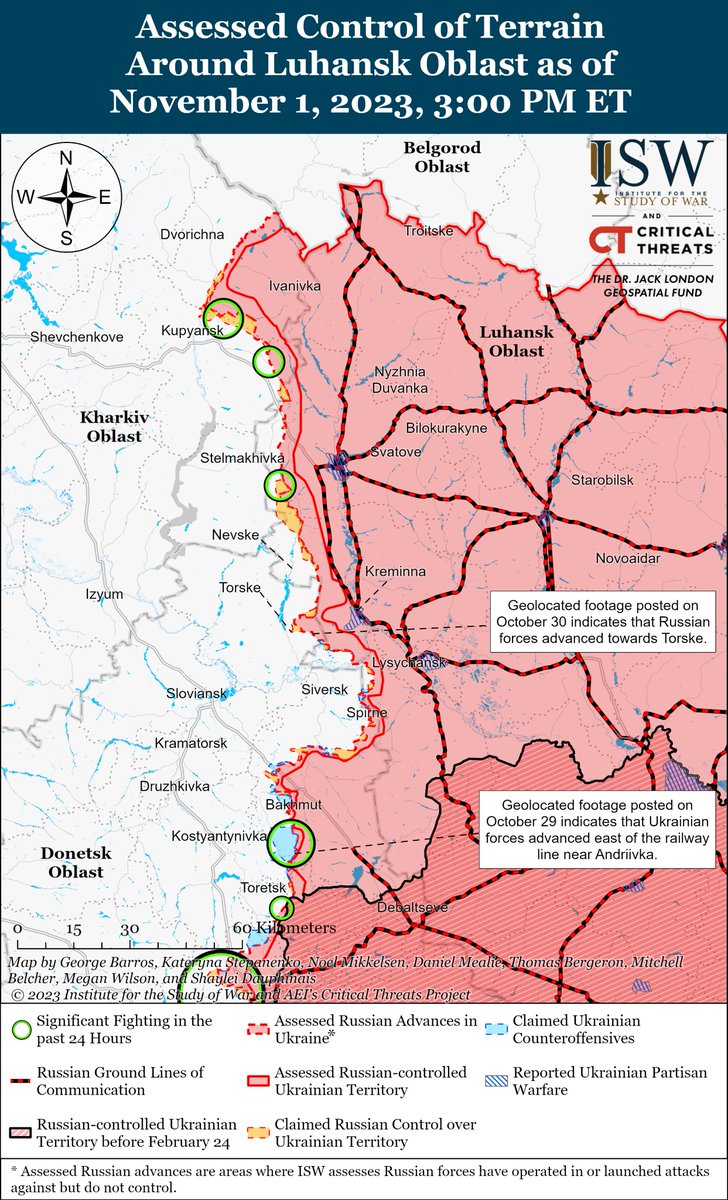
Kharkiv
Kupyansk
14th Brigade of Ukraine repels Russian attack on Kupyansk front. https://t.co/HPlj4kb6Rw pic.twitter.com/Cv59koT2jE
— Special Kherson Cat 🐈🇺🇦 (@bayraktar_1love) October 31, 2023
Donbas
Bahkmut-Klishchiivka-Andriivka
The Ukrainians made a small but potentially significant advance near Andriivka, and if that penetration can be developed into something larger.

Adiivka
Ukrainian soldiers smashing one Russian armoured vehicles to pieces after another near Avdiivka.
— Visegrád 24 (@visegrad24) October 28, 2023
Russia must be defeated pic.twitter.com/s7R6XivEpt
Heavy fighting continues near Adiivka as the Russians try to clip off the Ukrainian salient. The Ukrainians are fighting from positions that have been in development since 2014 and are extracting a heavy price from the Russians. None of this is to say that it is not a brutal environment for the Ukrainians, too.
This is the way the front line currently looks. The heavy dashed red line is the confirmed front line. The dotted red line reflects unsubstantiated claims of advance made by one of the combatants. What is interesting is the heavy blue arrow. Overnight, there were rumors that the Ukrainians had made a 2km penetration along the highway underneath the arrow. The claim is plausible because the Ukrainians have been attacking that area for about three weeks, and the Russians have devoted most of their assets to trying to collapse this salient from the northeast. Plausible does not mean it happened. We'll know more in a couple of days.

Budennovsky Railyards Hit
The railyard in the Budennovsky district of Donetsk city is the main transfer point for fuel supplying Russian units in Bakhmut and Adiivka. It was hit by what is believed to be a HIMARS strike.
/2. Additional footage pic.twitter.com/LzKNsf8MkS
— Special Kherson Cat 🐈🇺🇦 (@bayraktar_1love) October 31, 2023
Southern Front
The Southern Front saw little concerted action. There was no substantive change in the front lines.
Zaporizhzhia
The lines in this front remain static. Ukraine is making progress, in fits and starts, as it defends against Russian counterattacks. Ukraine continues to widen the breach in the Surovikin Line southwest of Verbove.
Robotyne-Verbove- Novoprokopivka
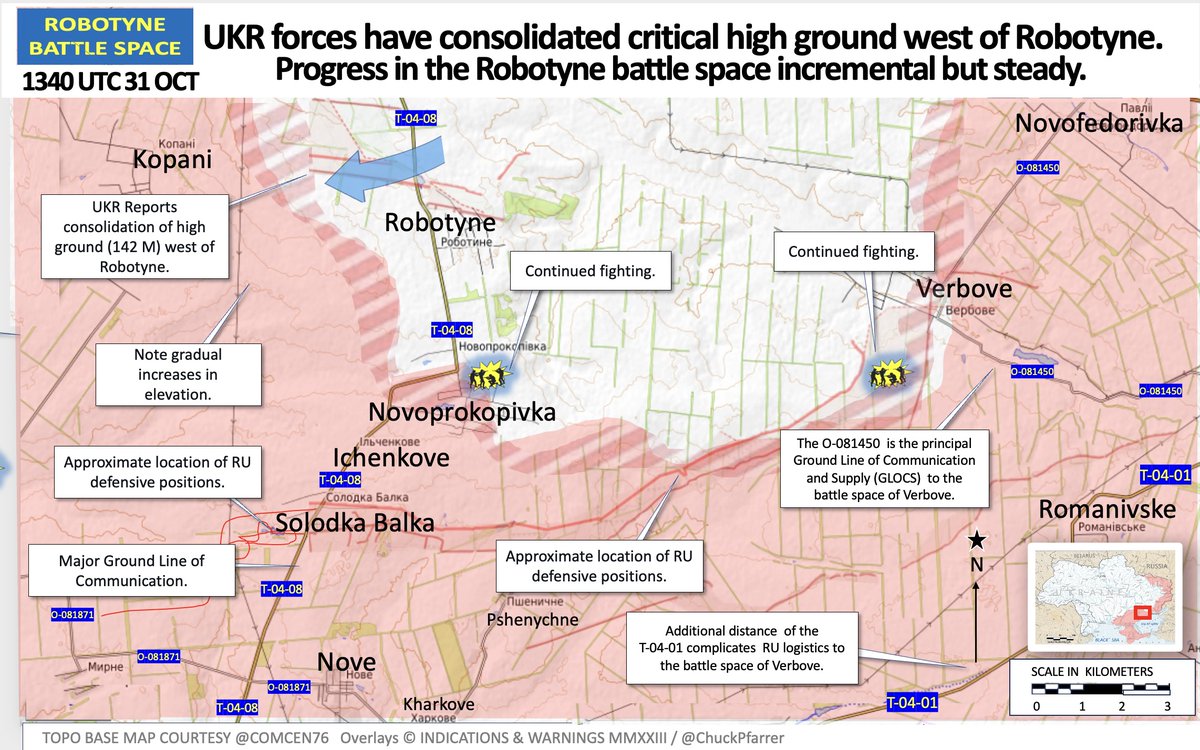
Kherson
Ukraine has three lodgements on the left bank of the Dnieper River. Most of their effort seems to be focused on the easternmost lodgement at Krynky. That settlement is reportedly mostly under Ukrainian control. The Russians continue to be hampered by three factors.
- This area was stripped of troops to respond to the Ukrainian Spring Offensive, though, in fairness, the Ukrainians also stripped this sector of troops, too.
- When the Nova Kakhovka dam was destroyed, the resulting downstream flood destroyed Russian positions in the area of current combat operations.
- Russian reinforcements have to travel a significant distance under observation and artillery attack to get to the front lines.
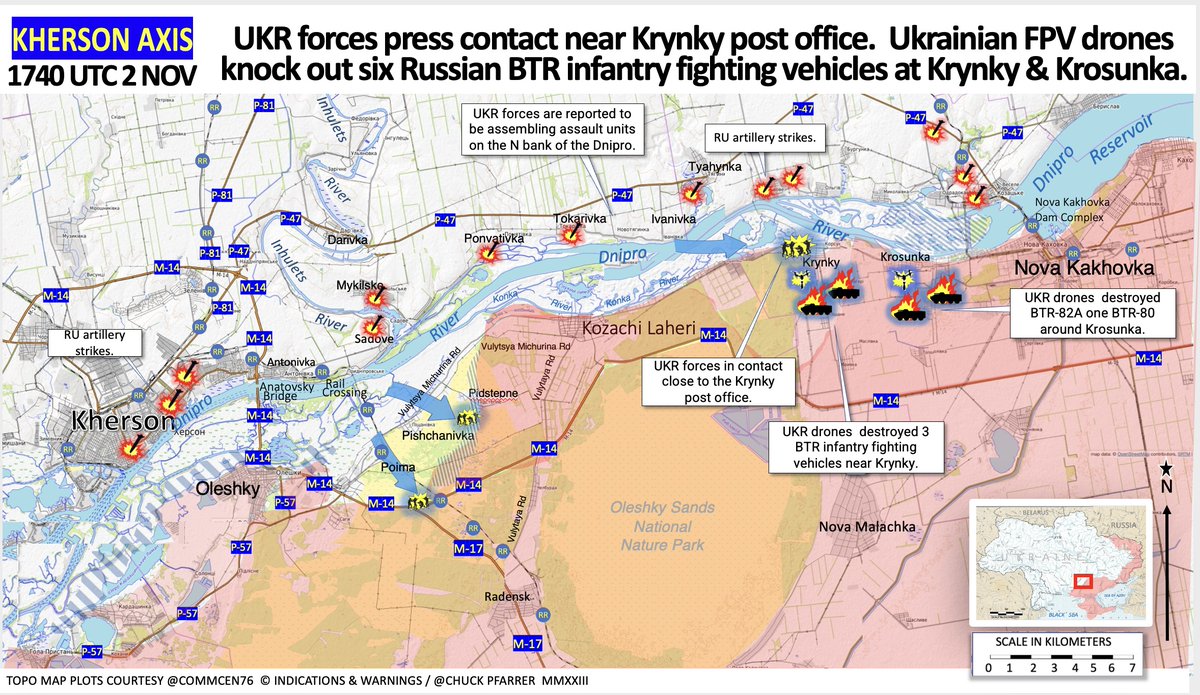
As of yet, the lodgements are dependent upon small boats for resupply. Unless and until a half-dozen ribbon bridges are thrown across the river, in my opinion, this remains a sideshow.
Russian Headquarters Hit by HIMARS
The headquarters of the Russian forces holding the line on the Dneiper River was hit by a HIMARS attack. The Russians are admitting to one man killed. Missiles on a headquarters don't kill "one man." The admission of a single casualty indicates there were quite a few.
🧵| KHERSON OFFENSIVE
— Cloooud |🇺🇦 (@GloOouD) October 28, 2023
🇺🇦Ukrainian soldiers successfully landed and established a position on the left bank of the Dnipro river.
Part of the village Krynky was liberated from the Russians and right now the bridgehead is being expanded
This thread is about how it was👇
1/X pic.twitter.com/AFI85cyEsp
Russian Troop Concentration Hit
A newly arrived Russian battalion celebrated its arrival in the combat zone by dancing in the street and a HIMARS attack...but mostly by a HIMARS attack.
🇺🇦⚔️🇷🇺 The AFU targeted a concentration of Russian personnel in the Kherson region. The first video shows them dancing, while the second and third videos depict the aftermath of the HIMARS strike. According to Russian sources, around 100 personnel have been neutralized. pic.twitter.com/4fcNl5B7wZ
— Astraia Intel 🇺🇦🇮🇱 (@astraiaintel) October 31, 2023
Rear Areas
Odesa
Russian P-800 Oniks anti-ship cruise missiles hit a Ukrainian ship repair facility in a suburb of Odesa.
@GeoConfirmed
— Dominik (@99Dominik_) October 31, 2023
"Russia hits ship repair plant with Onyx missiles"
First hit - 46.343433, 30.628833
Second hit - 46.342916, 30.629505
Malodolyns'ke, Odesa Oblast, Ukraine
Source:https://t.co/w33Oa96DPkhttps://t.co/SQEogrHfOY pic.twitter.com/cLuuDeSBhE
The images show extensive damage, and the area seems to have been undefended by air defense systems. The only military motive for this that I can come up with is that it was involved in the manufacture of Ukrainian unmanned surface vehicles that have played havoc with Russia's Black Sea Fleet.
Crimea
Missile Attacks Continue
Ukrainian attacks on Crimea continue.
A large missile just struck a target in Russian-occupied Crimea, somewhere near Sevastopol.
— Visegrád 24 (@visegrad24) October 30, 2023
Could that have been an ATACMS strike that was recorded on film? pic.twitter.com/UhpB0heKOf
The Ukrainians are making Russian occupied Crimea into a shooting gallery. https://t.co/HbXfHRY6Jz
— Trent Telenko (@TrentTelenko) October 30, 2023
The Russian milblogger group Rybar claims there were two separate attacks, and the usually slovenly Russian air defense units had a 100% success rate. Russia is also claiming it shot down two Ukrainian strike fighters. No battle damage assessment or engagement imagery has emerged, so we don't know the outcome. What we do know is that Crimea is now an active combat zone, and the Black Sea Fleet base at Sevastopol has been mostly evacuated.
Partisan Activity? Or a Business Dispute?
You can read more about Tsaryov's history as a quisling and Russian tool here.
that Russia was considering someone as unpopular and discredited as Tsaryov to rule Ukraine speaks volumes about the quality of supporters it could recruit there – and the poor planning behind Putin's invasion https://t.co/DA63BDeUNQ pic.twitter.com/5Jyn7cEysq
— max seddon (@maxseddon) October 27, 2023
Sevastopol Drydock Back in Business
In mid-September, the Black Sea Fleet was the subject of a complex attack while in port. A Ropucha-class landing ship was heavily damaged, and a Kilo-class submarine damaged beyond repair; see Ukrainian Attack on Russian Fleet Leaves One Ship and One Sub Destroyed With No Nuclear War. Also damaged was the only drydock available to the Russian Navy in the Black Sea. That drydock is apparently back in service.
Some very nice imagery in this thread.
— Thord Are Iversen (@The_Lookout_N) November 2, 2023
The Minsk being floated out of the drydock is a significant event, meaning this dock now is available for regular maintenance again. https://t.co/GlRBLSb8qA
What's Next?
I think we've entered a "Blood, toil, tears, and sweat" moment for all parties, but particularly for Zelensky. He remains popular at home, and a supermajority of Ukrainians oppose any kind of settlement with Russia. If the Spring Offensive had covered more ground, passing the hat for the next year would have been much easier. His big struggle will be showing some kind of progress that keeps the Ramstein Contact Group interested in supporting Ukraine.
I think we can expect major operations to continue over the winter. Both Russia and Ukraine have an interest in driving the OPTEMPO; Ukraine to show they can win, and Russia to show that Ukraine can't.
My prediction is to watch Ukraine continue a low-profile grind against the Surovikin Line. The greatest chance for a high-visibility military event is an envelopment of Bakhmut, and something, my bet, is on a collapse of the Russian offensive in the Avdiivka salient.
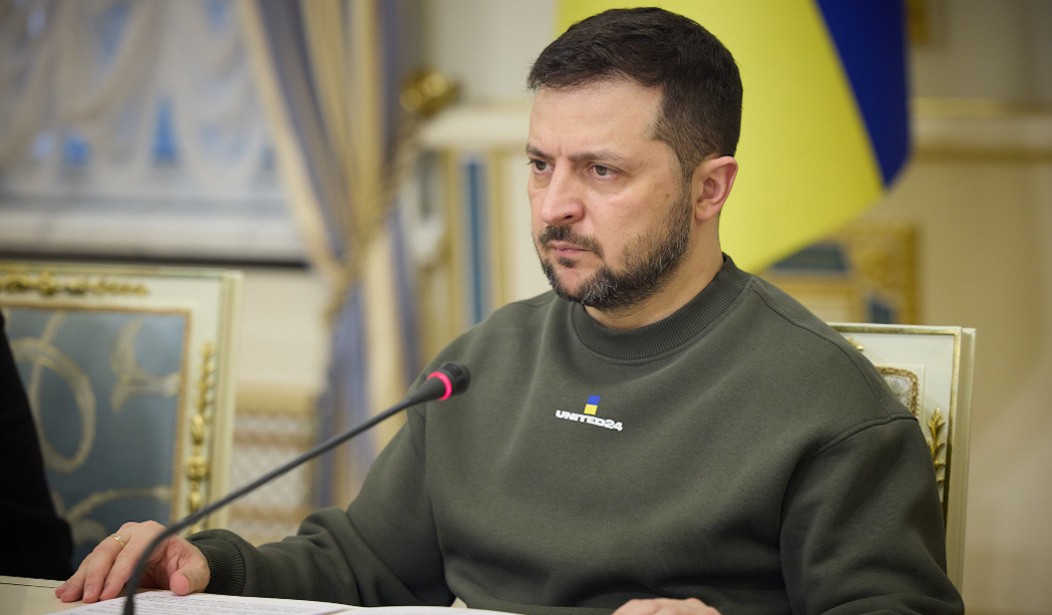
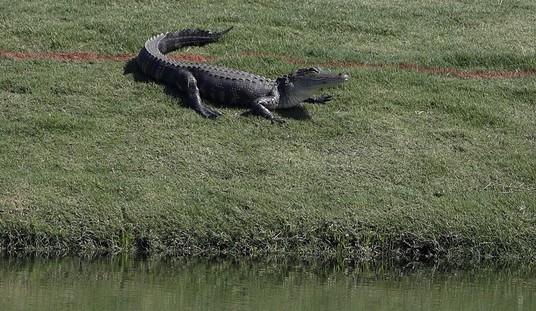

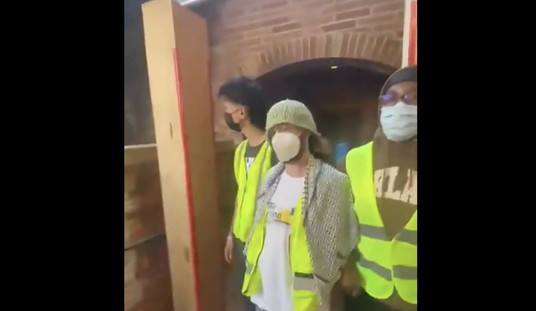

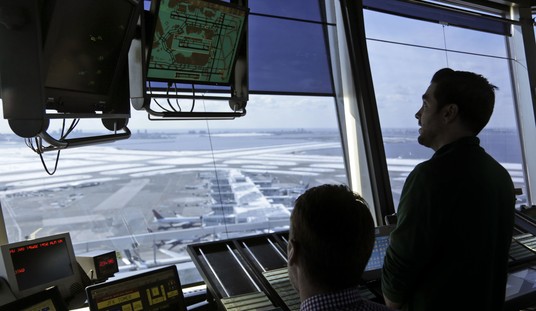
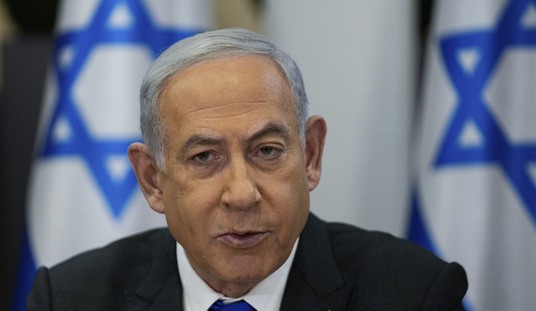






Join the conversation as a VIP Member